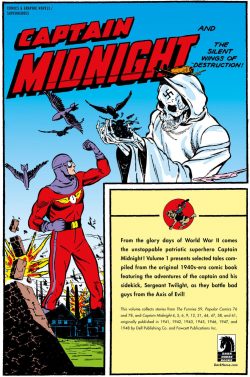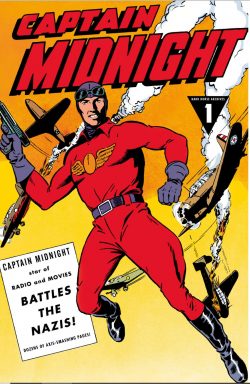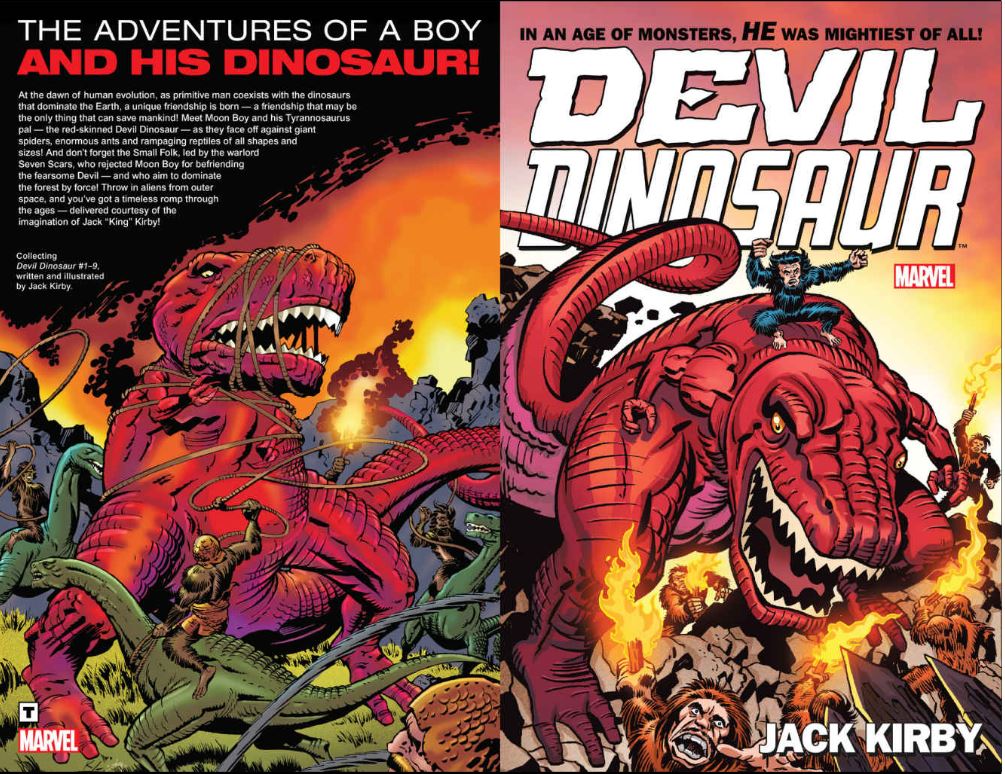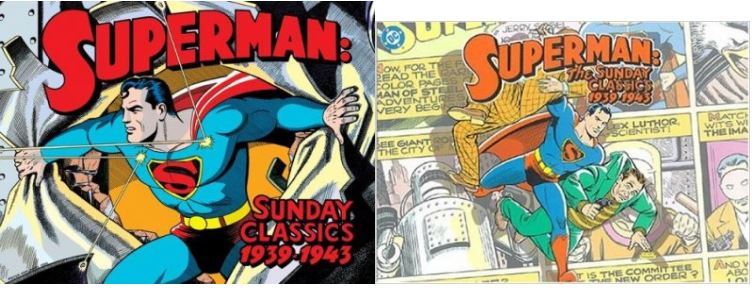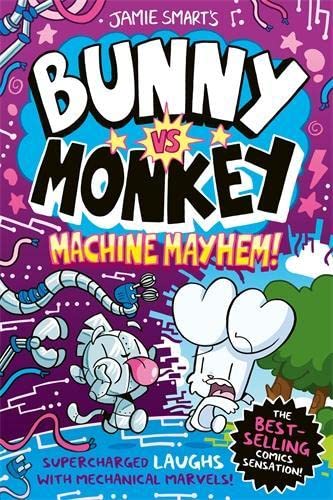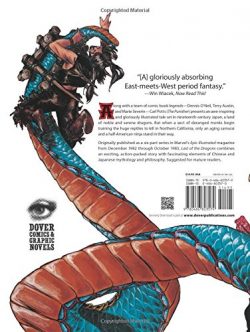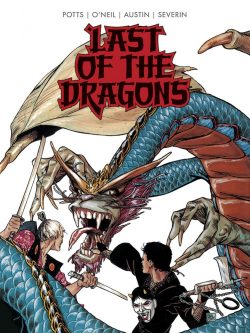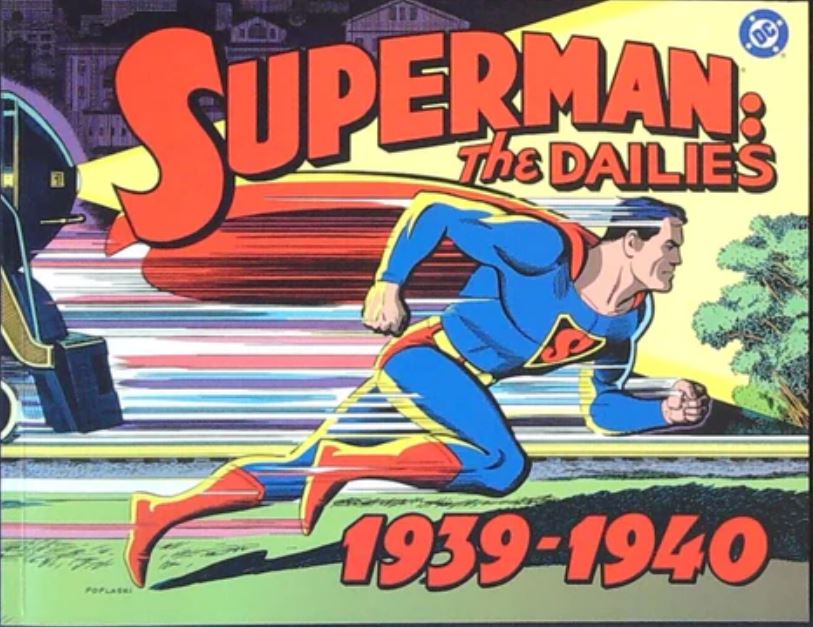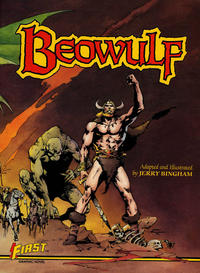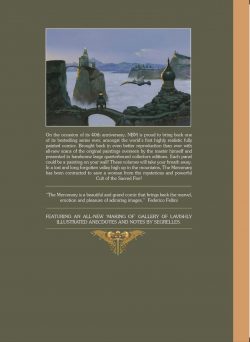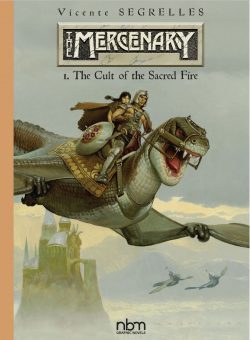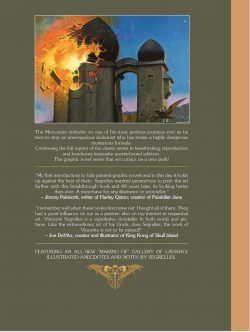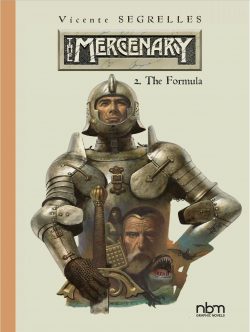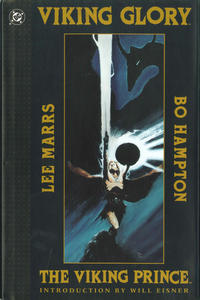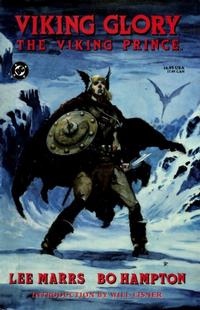
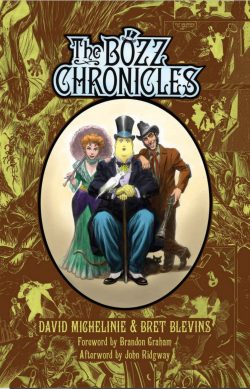
By David Michelinie & Bret Blevins, with John Ridgway, Al Williamson & various (Dover Comics & Graphic Novels)
ISBN: 978-0-486-79851-6 (TPB/Digital edition)
During the 1980s the American comics scene experienced an astounding proliferation of new titles and companies in the wake of the creation of the Direct Sales Market. With publishers now able to firm-sale straight to specialised, dedicated-retail outlets rather than overprint and accept returned copies from general magazine vendors, the industry was able to risk and support less generic titles whilst authors, artists and publishers could experiment without losing their shirts.
At the height of the subsequent publishing explosion and in response to a wave of upstart innovators, Marvel developed its own line of creator-owned properties: launching a host of idiosyncratic, impressive series in a variety of formats under the watchful, benevolent and exceptionally canny eye of Editor Archie Goodwin. The delightfully disparate line was dubbed Epic Comics and reshaped the industry.
One of the most significant hits was a winsomely engaging blend of fantasy, criminology and urban myth with a beautifully simple core concept: “Sherlock Holmes from Outer Space”. Even that painfully broad pitch-line does the series it became an unforgivable disservice…
The Bozz Chronicles was – and is – so much more. It became one of Epic’s earliest hits and sensations, and the reasons it never continued beyond its initial 6-issue run (December 1985 to November 1986) had nothing to do with poor sales…
The mesmerising mix of Victoriana, super-science and sorcery might even be considered as an early precursor if not progenitor of the visual form of the literary genre K. W. Jeter dubbed “steampunk” in 1987…
Preceded with a Foreword from Brandon Graham, Dave Michelinie’s self-deprecating Introduction ‘Blame it on Spielberg’, and fond reminiscences from originating illustrator Bret Blevins, an amazing moment in comics history repeats itself as ‘The Bozz Chronicles’ opens on Mandy Flynn. She is a fiercely independent young woman plying her trade – described then and now as the World’s Oldest – in the sooty, sordid environs of London in the last quarter of the 19th century.
Saucy, sassy, sensitive and lovely, she is bringing her latest “brief acquaintance” up to her attic abode when the incipient physical transaction is suddenly curtailed by discovery of a strange-looking foreigner trying to commit suicide in her rooms…
As her toff flees in terror, Mandy tries to talk down the intruder and realises just how strange he truly is: eight feet tall, pale yellow in complexion, with a hairless, pointy head. He is also gentle, exceptionally well-spoken, has a long tail and can fly…
Six months pass. Mandy and the creature she calls Bozz are doing exceptionally well. He still claims to be from another world and certainly acts like no human she has ever met: he cannot tell lies, communicates with animals, constantly wanders around naked and absorbs like a sponge every scrap of knowledge she can provide for him through books and journal and newspapers.
Bozz misses his home: a far-distant world of benevolent intelligences he has no chance of ever returning to: so much so that he was trying to end himself as much through boredom as loneliness. Mandy’s brilliant idea to keep him alive was to engage his prodigious intellect in puzzles. She set them up as consulting detectives based in the less than fashionable Maracot Road, using the proceeds to better her own hand-to-mouth existence in the process. The only problem is that when no challenging cases manifest, Bozz’s thoughts instantly return to ending it all…
Thankfully, just as she is preparing to hide all the sharp objects again, a truly unique mystery knocks on the door and the secretary of Lord Giles Morgan requests their help. According to the Press, Pamela Grieves’ employer – and prospective Prime Minister – recently escaped an assassination attempt. However, the loyal amanuensis was with him when it happened and claims he did not survive. In fact, after having made further discreet inquiries, Miss Grieves found her master had in fact been dead for some three years prior to the attack…
As Bozz excitedly accepts the commission, Mandy is convinced they are dealing with a madwoman, but when their client is destroyed by a bolt of lightning as soon as she leaves their office the retired demimondaine is forced to think again…
Naturally the inquiry agents’ first step is to interview Lord Giles and although the shady politician proves no help at all, Bozz gleans much useful information from the caged bird in Morgan’s study. Soon they are on the trail of an aristocratic secret society utilising vast funds and weird science to resurrect the dead in pursuit of a deadly and regressive political and economic agenda (so hard not to comment satirically here!)…
Sadly, even the alien outcast’s uncanny powers prove insufficient to stop the schemers, but Mandy has gifts of her own and beguiles a rowdy American former prize-fighter she finds in a bar to assist in the climactic final confrontation.
Besotted, punch-drunk Salem Hawkshaw then joins the detectives to handle any future physical exigencies that might occur, but despite everything he sees is never convinced his big, bemused boss is anything other than a crazy circus freak…
The new colleagues are all painfully aware that their sudden success has brought them to the attention of Scotland Yard’s most privileged operative and the notorious trio have barely caught their breath before Inspector Colin Fitzroy comes calling, deviously offering them a case the police have no interest in.
Apparently a drunk has seen demons in Park Lane…
As the shamefully-employed scion of Britain’s richest family continues trying to impress the ravishing Miss Flynn, further arcane incidents occur, ‘Raising Hell’ in the capital’s swankiest district. Before long the consulting detectives find troubled Samantha Townes, whose husband has fallen foul of the vilest black magic and his own gullibility…
Wealthy Inspector Fitzroy has more pressing problems. A rash of exceedingly orderly murders has turned up odd artefacts defying explanation by any expert Scotland Yard can muster: things that cannot possibly have been built by any craftsman on Earth…
In ‘The Tomorrow Man’ (inked by Al Williamson) a trip to the funfair does little to alleviate Bozz’s boredom, but does lead to the genteel gullible giant being gulled: lured away by a wily pack of street children who use his powers and naivety to perpetrate a crime spree.
Later, when the shady show’s owner tries to kidnap Bozz for his freak attractions, the ultimately unsuccessful attack leaves the alien blind. The kids’ ringleader Oliver brings him to underworld surgeon Dr. Paine – who runs a subterranean clinic as a sideline to pay for his researches into time travel. He sees in the stranger a perfect opportunity to advance the causes of science…
Redeemed by Bozz’s unflagging trust, Oliver at last realises the enormity of his betrayal and fetches Mandy and Salem to effect a rescue, but by the time they arrive, chronal chaos is erupting everywhere…
As engaging and enthusiastic as the tales have been until this point, ‘Were-Town!’ is (at least for history-buffs and especially Londoners) a truly stand-out moment in the series, as the ineffably marvellous British veteran John Ridgway stepped in to illustrate a pithy, punchy deep midwinter tale disclosing a hint of Mandy’s past whilst introducing her reprehensible absentee father Egan Thorpe.
We’ve always whined in Britain about how Us and Ours are represented in American productions and, despite the obviously strenuous and diligent researches Michelinie & Blevins undertook, frequently the tone of their Bozz Chronicles often smacks more of Hollywood than Cricklewood. It’s not something non-Brits will even notice, but for us aging “Cockerney Sparrers” the differences are there to be seen… and felt.
Such is not the case (as gratefully acknowledged by the creators themselves in the respective, respectful Introductions) when Ridgway applied his meticulous line and copious pictorial acumen – gleaned from decades drawing a variety of British strips for everything from Commando Picture Library to Warrior to 2000AD or Doctor Who and The Famous Five – to a genuinely spooky, photographically authentic tale of deranged artists, dastardly squires and infernal paintings coming to unholy life in snow-capped rural wilds of Southeast England…
Michelinie & Blevins reunited for ‘The Cobblestone Jungle’ as Inspector Fitzroy again calls upon Bozz & Co: impelled as much by his lusty fascination with Amanda as the demands of an African king who needs the assistance of the British Empire if he is to guarantee a steady flow of diamonds from his equatorial satrapy…
Apparently, a white man had stolen the tribe’s sacred jewel and brought it to his hidden jungle playground in London. Thanks to some canny legwork from little Oliver, the detective trio track the bounder, but nobody anticipated the filched gewgaw emitting destructive death-rays…
After a spectacular battle high above the city, Bozz ends the threat, but his biggest surprise comes when the grateful king asks to thank him personally and reveals a millennia-old connection to Bozz’s extraterrestrial race…
For Mandy, Bozz, Salem and Fitzroy it all culminates in a desperate trek to the Dark Continent in search of ‘King Solomon’s Spaceship’ and the achievement of the marooned alien’s most fervent desires… until a gang of German raiders and Mandy’s own cynical self-interest ruins everything…
Rounded out by sketches and preliminary designs in a superb ‘Bonus Artwork and Cover Gallery’ from Blevins and closing with an effusive ‘Afterword by John Ridgway’, this is a magnificent moment in comics collaboration which will soon hopefully reclaim its place at the forefront of fantasy fables.
The Bozz Chronicles © 1985, 1986, 2015 David Michelinie. Introduction © 2015 David Michelinie. Foreword © 2015 Brandon Graham. Afterword © 2015 John Ridgway. All rights reserved.

